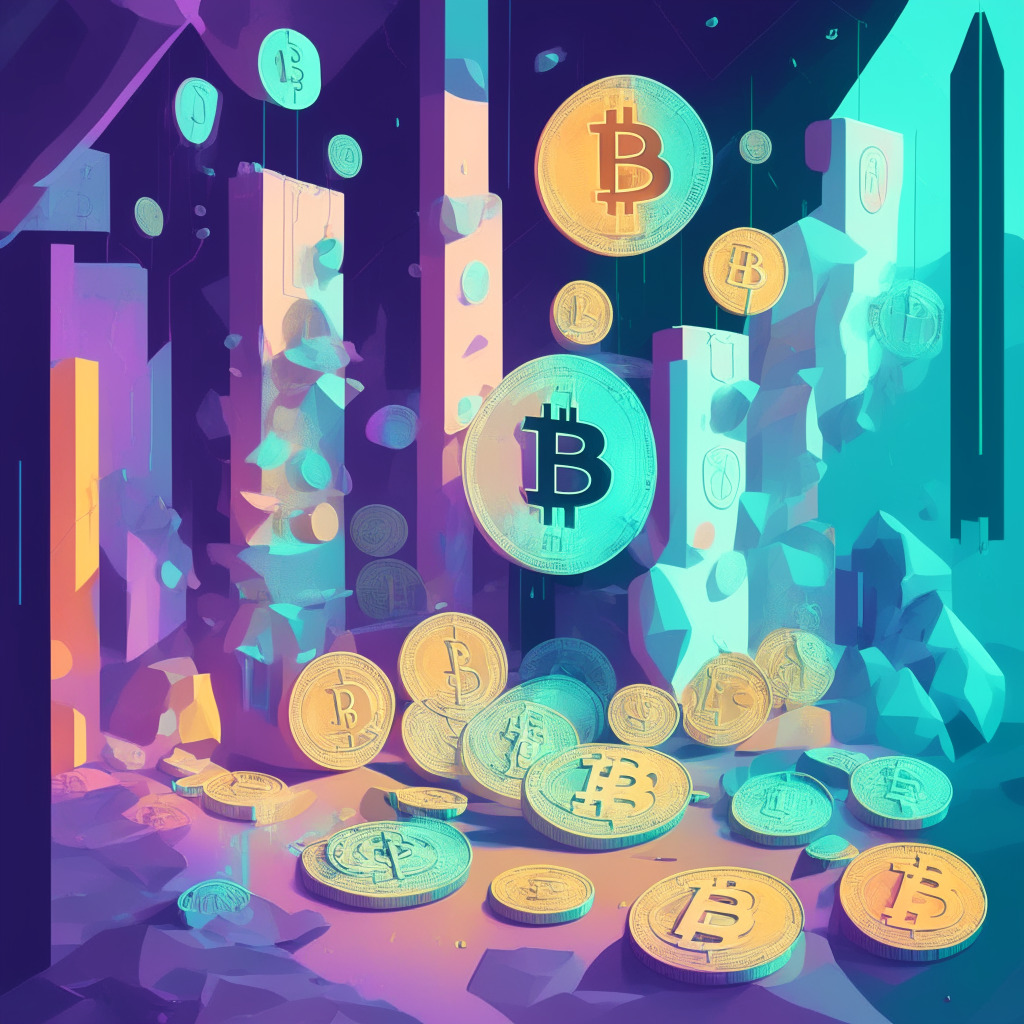South Korean exchange, UpBit, has witnessed an unusual rise in the trading volumes of XRP tokens against the Korean won. Specifically, over the past day, the volume has scaled to top at $2.5 billion, constituting more than half of the total trading volumes seen on the exchange during the same time frame. In an ordinary scenario, XRP’s liquidity barely touches the $1 million mark. However, this wave of frenzy has seen the liquidity of the token rise to nearly $5 million, a quantity that corresponds to the tokens’ relatively minor price oscillation of 2% for a $5 million buy or sell order.
The South Korean market’s response has been mainly driven by a recent US court ruling. It stated that the sale of XRP on exchanges does not fall under the category of ‘investment contracts’, thereby pushing the XRP rise to soar by up to 96%, before finally witnessing a setback of Friday morning gains.
This unusual spike in XRP volume becomes even more intriguing when one considers a typical day on UpBit. The majority of trading activity, traditionally, centers around Bitcoin (BTC) and Ether (ETH). So, the current XRP volume surge could be seen as an anomaly within the South Korean market. Substantially contributing to the $13 billion of trading volumes witnessed across global exchanges, ten South Korean exchanges have processed billions of dollars’ worth of XRP. In comparison, Binance traded only $2.2 million worth of XRPs.
South Korea’s traders are known in crypto circles for sparking intense rallies on tokens and contributing significantly to the so-called ‘Kimchi Premium’ – a phenomena where Bitcoin prices on local exchanges can trade at a premium of 30%, far exceeding international prices, due to local demand.
However, these inflated volumes may not completely reflect genuine market trends. A significant chunk could be potentially attributable to ‘wash trading’. This manipulative technique involves traders buying and selling the same asset repeatedly to inflate volumes, thereby creating a false impression of market activity. This simulated market activity could potentially mislead investors towards supposed ‘hot’ assets. Carefully considering all these factors, one might tread more cautiously amidst this fervor, bearing in mind the intriguing blend of genuine interest and potentially misleading undercurrents.
Source: Coindesk




